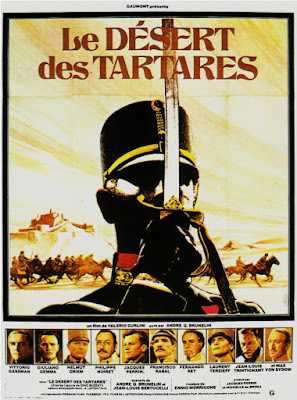Everyone’s a revelation in William Wyler’s first adaptation of Lillian Helman’s powerhouse play THE CHILDREN’S HOUR.* The story, which moves very smartly, follows two freshly graduated college pals (Merle Oberon; Miriam Hopkins) who start a small private girl’s school with help from Joel McCrea, a doctor at the local hospital. And while both are smitten (McCrea’s incredibly attractive here, in looks & personality), he only has eyes for Oberon. But between Hopkins’ jabbering Aunt & a ‘bad seed’ student (a truly terrifying Bonita Granville), we’re shown how a lie, gossip, circumstantial behavior & peer blackmail easily destroys ‘these three.’ Hard to imagine anything bettered on this one, even Merle Oberon drops her glacial manner with a role perfectly suited, while Hopkins shows wariness, warmth & steel beyond her normal range. And that’s to say nothing of the children. How Wyler got these holocausts of fits & tantrums from ten year olds is a mystery . . . and a triumph. The unspoken romantic triangle of Helman’s original play lost its lesbian angle to movie censorship, as well as its far bleaker curtain, elements Wyler was able to retain in the less well-received 1961 remake with Audrey Hepburn, Shirley MacLaine & James Garner. (In '36, a smiley tag end is the film’s only pat moment, the one alteration Helman was likely to regret.) Time has made the remake almost as much a period piece as this, greatly improving its effect though still not equaling this bowdlerized beauty.
DOUBLE-BILL/LINK: As mentioned above, THE CHILDREN’S HOUR looks better now than when it was first released. With this film’s third-wheel, Miriam Hopkins, exceptional as the dithering Aunt. https://maksquibs.blogspot.com/2014/12/the-childrens-hour-1961.html
ATTENTION MUST BE PAID: *Meryl Streep made her film debut in JULIA/'77, punched by Jane Fonda’s Lillian Helman after suggesting that the play’s lesbian theme hit close to home.




























